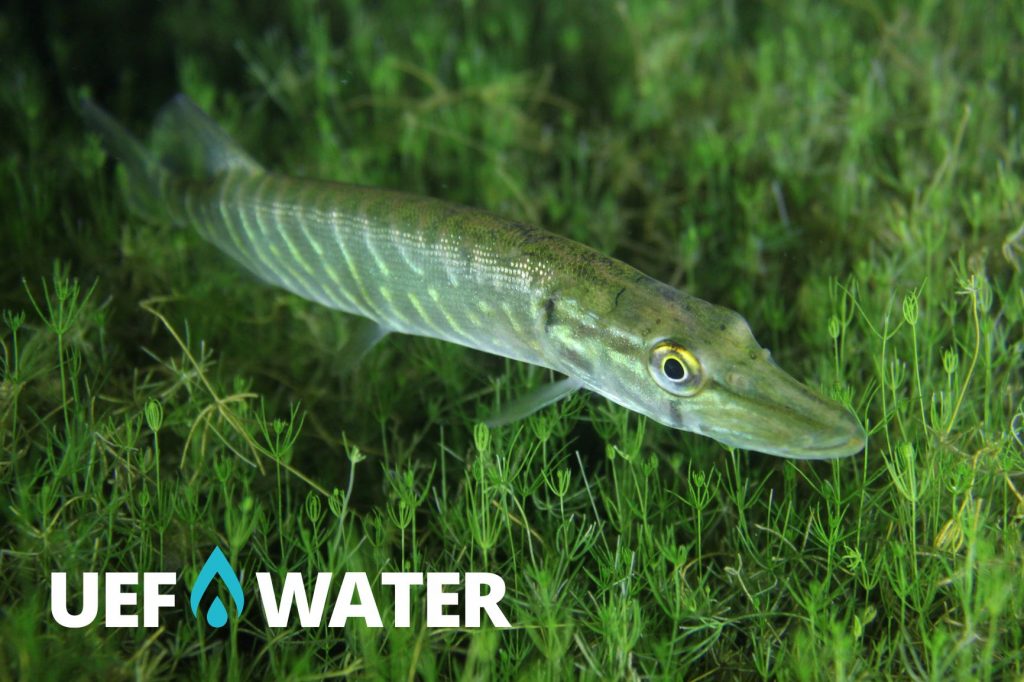The occurrence of micro/nanoplastics influences the microbiome in different ecosystems

TEXT: Fazel Abdolahpur Monikh & Mandar Bandekar
Over the last 60 years plastics are widely used for their attractive properties (Lei et al., 2018), and increased production rate has led to its accumulation and distribution across the ecosystems. In the environment, plastics can undergo weathering through series of mechanical/biological fragmentation, leading to formation of microplastics (MPs, plastic particles 1 µm < size <5 mm in diameter) and nanoplastics (NPs, plastic particles < 1 µm in diameter). Recent research has found that MP/NPs is not only limited to the aquatic environment but can also be found in aerial and terrestrial ecosystems. The latest findings show that micro/nanoplastic interaction not only cause physical harm to the fish but also induce microbiota dysbiosis in the gut (Qiao et al., 2019). The micro/nanoplastic interact with organisms in the aquatic systems in multiple ways, including ingestion by consumers, facilitating the accumulation of persistent organic pollutants into food webs, and the selection of unique assemblages of colonizing microbes.
Lately, interaction between MP/NPs and microorganisms has interested a lot of environmental biological researchers (Gambarini et al., 2021). For example, microbial communities on the surface of MP/NPs particles, ability of bacteria and fungi to degrade plastic particles, influence of bacterial communities on the dispersion of MP/NPs and the ability of MP/NPs to transport antimicrobials to different ecosystems are extensively studied. All this research indicates that there is a critical link between MP/NPs and the microorganisms, that should be better explored. For example, microplastics in water act as surfaces to support microbial biofilms that are distinct in taxonomic composition than those of the surrounding water, suggesting that microplastic surfaces represent a distinct microbial habitat, and the processes carried out by microplastic-attached microbes might differ from those in the surrounding water.
Despite the available studies on the environmental distribution and ecotoxicological effects of MP/NPs, very little is known about their effects on the microbiome in various organism and ecosystems. For instance, microbial biofilm formation on microplastic has been documented in water, but little information is available on the gut microbiome of organisms. The changes in the microbiome of organisms’ gut due to the presence of plastic particle could dramatically influence the immune systems of the organisms. MP/NPs can be transported downstream to marine and freshwater environments such as, soil ecosystem. The plants from these ecosystems may retain the plastic particles through attachment to the roots, which in turn might influence the structure and the function of the rhizosphere microbes which are involved in regulating greenhouse gas production, organic matter turnover and nutrient cycling eventually leading to global implications. However, there is still a knowledge gap on this topic.
Microbes are critical to every ecosystem, and it is important to assess the influence of exposure of plastic particles on them. Microbiome of the organisms is related to several factors such as genotype and physiology, hence it is critical to understand the correlations between the MP/NPs and microbes for possible significance in toxicity studies. Our research focuses on bringing new approach that aims on better understanding the effects and implications of MP/NPs on the microbiota from different habitats. The research is a collaborative effort of the researchers from the Department of environmental and biological sciences at the University of Eastern Finland. The experiments are successfully concluded, and processing of data is currently underway.
UEF Water programme is funded by Saastamoinen foundation, Wihuri foundation, and Olvi foundation.